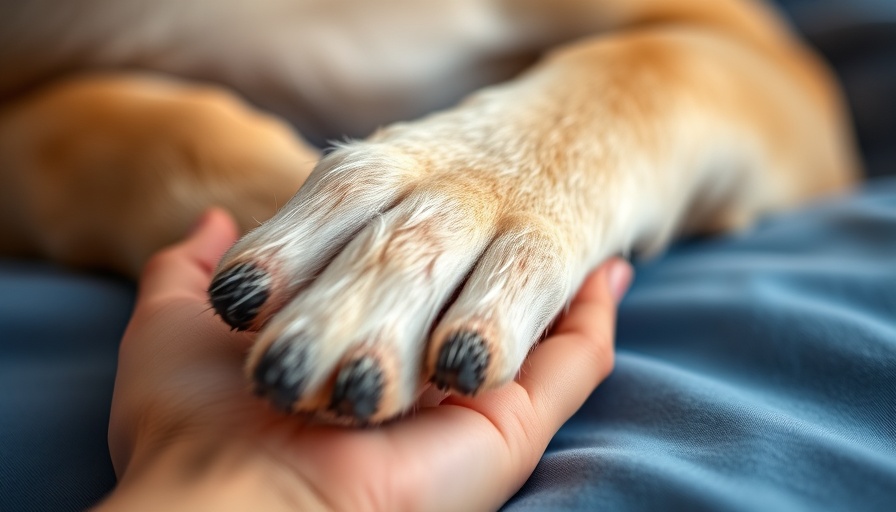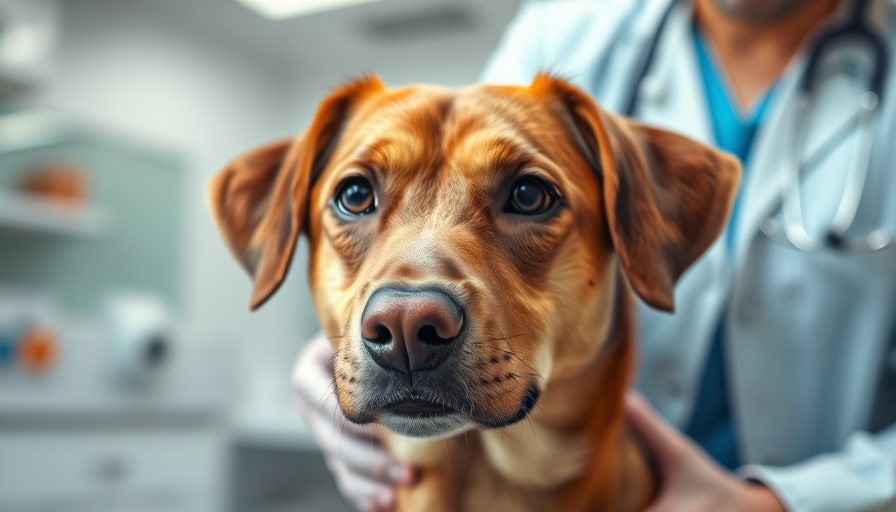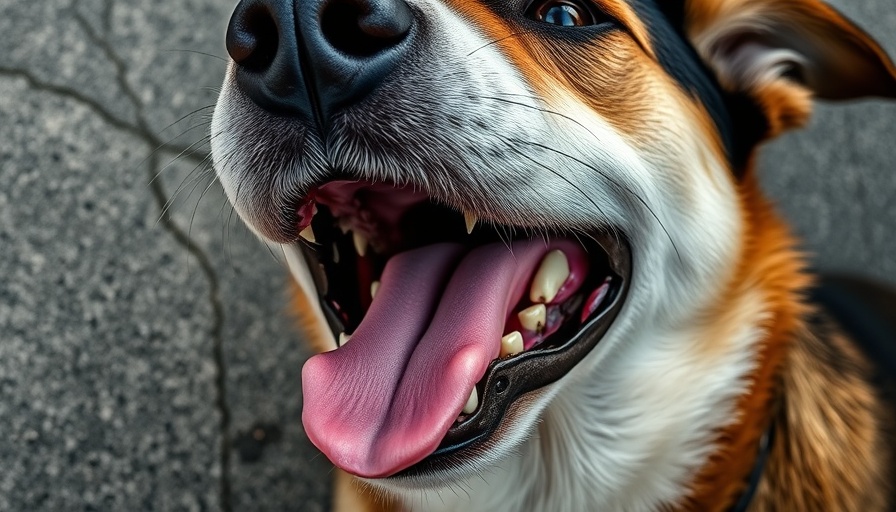
Understanding Pet Seizures: Signs to Watch For
Pet seizures can be alarming for any pet owner, but knowing the telltale signs can help you react appropriately during an emergency. Seizures stem from uncontrolled electrical discharges in the brain, which can be triggered by various factors such as head trauma, infections, genetic defects, and even certain vaccines. As a loving pet parent, recognizing these triggers and symptoms may significantly impact your pet's well-being.
The Many Faces of Seizures
While the classic image of a dog seizing involves convulsions and loss of consciousness, many seizures appear less dramatic. Some pets may exhibit subtle symptoms such as facial twitching, staring blankly into space, or compulsively biting at imaginary flies. Dr. Christine Rutter, a clinical associate professor at Texas A&M, mentions that seizures can also manifest as a change in behavior—like excessive clinginess, fear, and aggression—making each episode unique to the individual pet.
What Happens During a Seizure
Seizures can vary widely. A typical episode may begin with an aura, where your pet seems dazed or frightened. This may involve seeking comfort from you before the actual seizure occurs. During the seizure, pets often fall onto their side, their bodies may stiffen, and they might paddle their legs. You may also notice excessive drooling, jaw grinding, and loss of urinary or bowel control during this distressing event. Understanding these symptoms can allow you to provide the best care and minimize panic for both yourself and your pet.
Immediate Actions to Take
In the heat of the moment, staying calm is crucial. Avoid placing your hands near your pet’s mouth to prevent bites, and make sure they are in a safe space free from hazards. After the seizure, note the duration and any unusual behaviors—these observations will be valuable for your veterinarian. Providing your local vet with information will assist in determining the underlying cause of the seizures.
Long-term Care and Considerations
If your pet suffers from frequent seizures, it may be beneficial to implement a care plan tailored to their specific needs. Options may include dietary changes—such as a ketogenic diet—that could help manage seizures. Additionally, exploring natural therapies can be beneficial in reducing the dependency on conventional anti-seizure medications. Many owners report success with holistic approaches, which can help alleviate both the frequency and intensity of seizures.
The Importance of Vet Visits
Regular veterinary check-ups are essential, especially if your pet has experienced seizures. Your vet can help monitor your pet's condition, make necessary adjustments to their care plan, and recommend specialized care for any underlying health issues. It's vital for your pet's longevity and quality of life.
Emotional and Community Support
For many pet owners, experiencing a pet seizure can be an isolating experience. Connecting with other pet owners who have gone through similar situations can provide comfort and practical insights. Look for local support groups or online forums where you can share experiences and obtain advice on caring for your furry friends. Your pet's health journey doesn’t have to be a solitary one!
Conclusion: Taking Action
Understanding pet seizures not only prepares you for emergencies but also fosters deeper connections with your furry family members. Remember, if your pet has an unusual event or frequent seizures, don’t hesitate to consult your vet for a comprehensive health evaluation. Keeping the lines of communication open with your pet’s healthcare provider can equip you with the strategies necessary to adapt their care and maintain their happiness and health.
 Add Row
Add Row  Add
Add 




Write A Comment